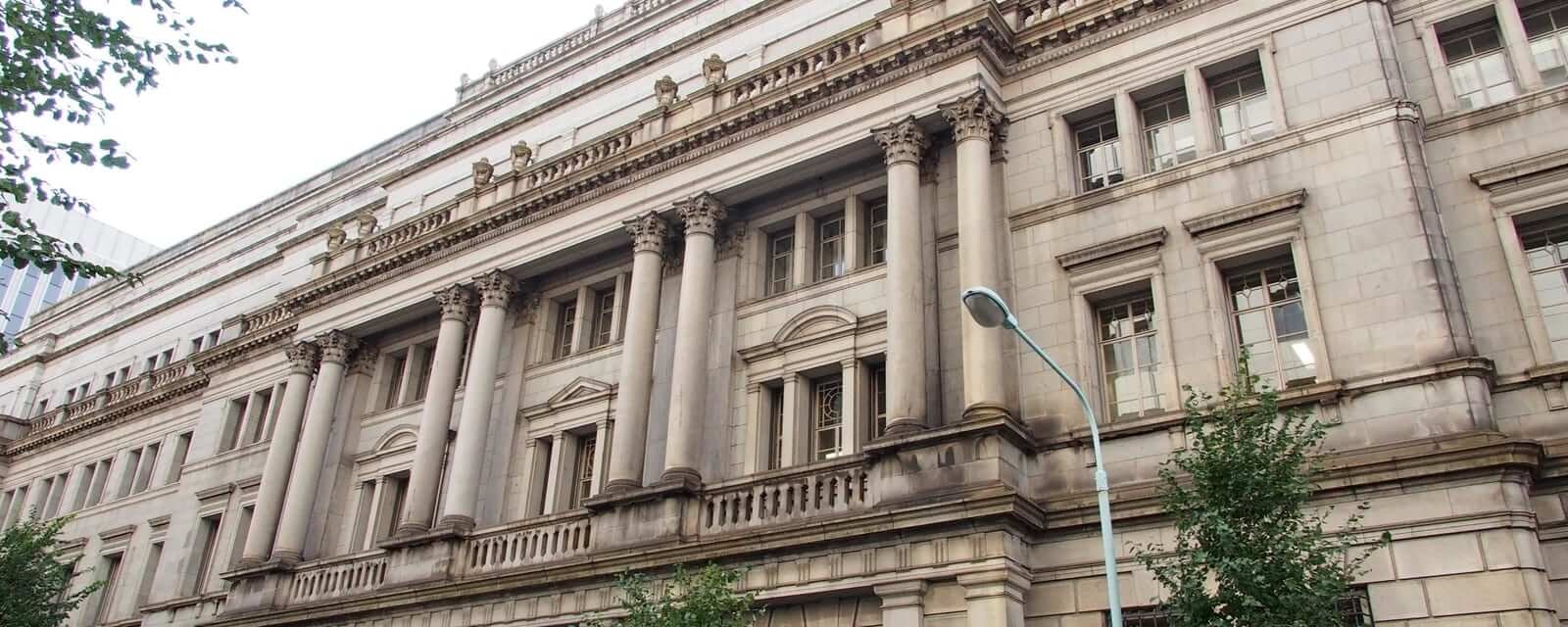In his remarks following the Bank of Japan’s (BOJ) 29-30 July policy board meeting – in which the BOJ left its policies unchanged – BOJ Governor Haruhiko Kuroda strengthened his message that the bank is willing to introduce additional stimulus measures “without hesitation.”
While in recent meetings Kuroda has indicated his openness to further easing and pushed back against arguments that the BOJ is out of policy options, on Tuesday, he stressed that he would be willing to introduce new stimulus as a “preventative measure” in the event of “heightened fears of slowing momentum” in inflation. As a result, with the consumption tax hike looming on 1 October and signs that Japan’s economy might be feeling the effects of global uncertainty, the likelihood of new easing within the next three-six months may be higher than it has been at any point since the introduction of yield curve control in 2016.
As in previous meetings, Kuroda cited global risks – including US-China trade tensions, the possibility of a no-deal Brexit, and the security situation in the Persian Gulf – as the greatest downside risks to Japan’s growth and inflation. Another challenge to which Kuroda alluded but did not explicitly reference is the likelihood of new monetary stimulus from the Federal Reserve and the European Central Bank, which would put upward pressure on the yen and could force the BOJ to respond with further stimulus of its own to counter its rival central banks.
The most likely changes would be adjustments to the BOJ’s negative interest rates on reserves (currently set at -0.10%) or to its target for long-term interest rates, which have been allowed to fluctuate around a target of 0.10%. The bank could also tinker with its forward guidance posture, which presently states that the BOJ will not raise interest rates through spring 2020.
Despite a more robust statement from Kuroda on the global risk environment, the BOJ’s quarterly outlook for growth and prices still anticipates gradual expansion in the near term and further growth in inflation, although the policy board does not anticipate reaching the bank’s 2% inflation target by FY2021.
With the Federal Reserve’s holding its closely watched meeting on 30-31 July, this month’s calendar did not favor the BOJ. However, if the BOJ were to adjust its stimulus program, it could happen as soon as the next BOJ policy board meeting, scheduled for 18-19 September, as the impact of US and European monetary policy decisions, US-China trade negotiations, and the outlook for Brexit on Japan’s economy may be clearer.




